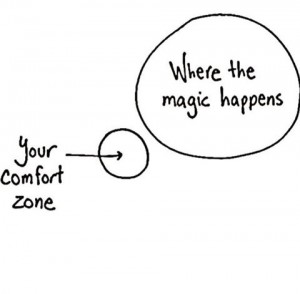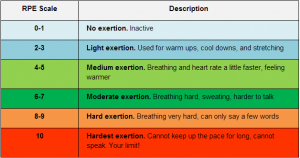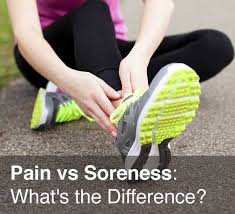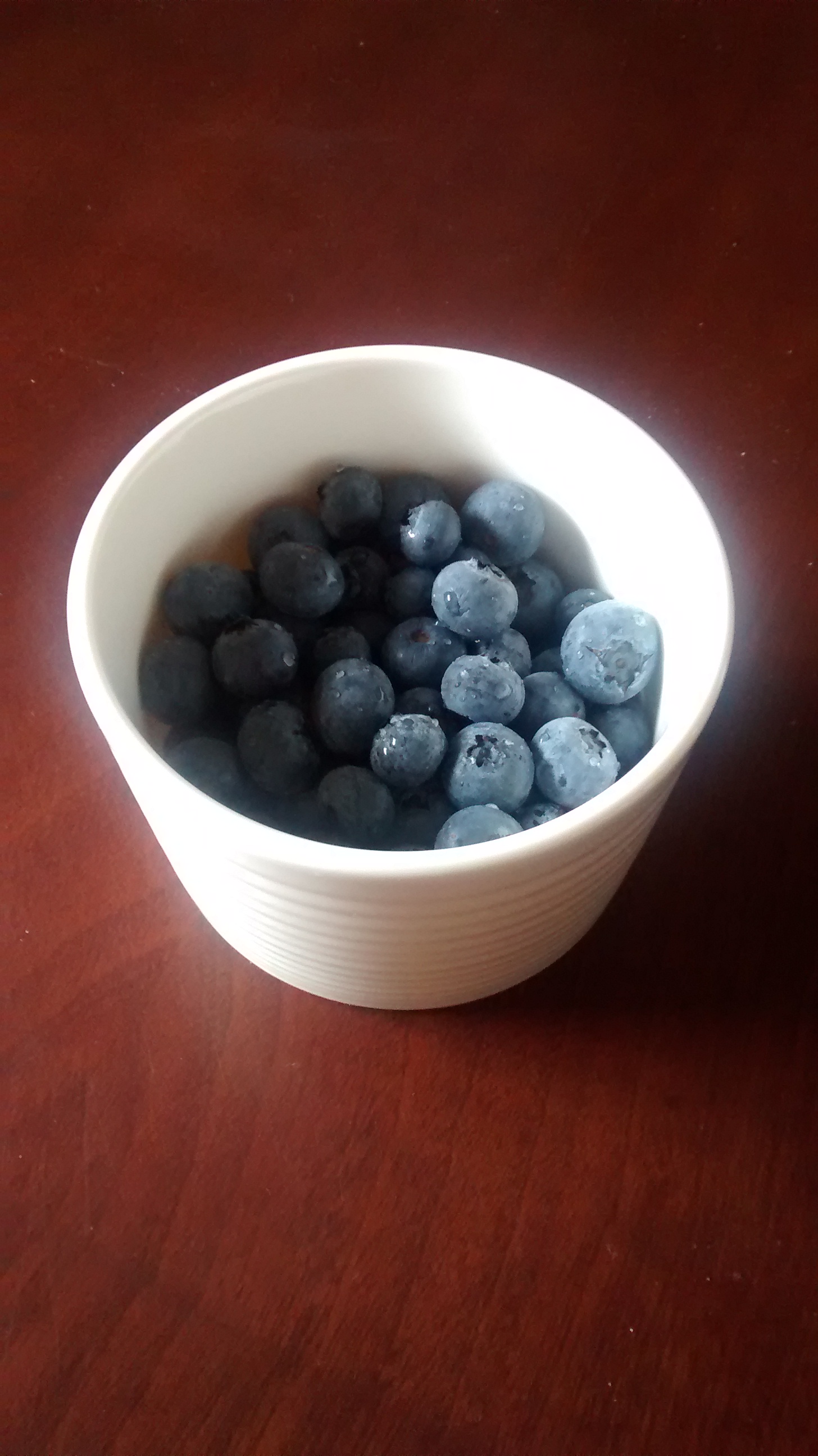How hard should I be working out during sessions?
Depending on what the particular session is focusing on, you may be working out at a different intensity, experiencing different types of fatigue, or feeling different effects from session to session.
Often your trainer will  set the intensity of the class for you with timed intervals, but some of our sessions do require you to individually give yourself a bit of a push! That might mean going your full range of motion (e.g. as deep as you can with your squats or push-ups rather than making it easier for yourself), or running your fastest (rather than jogging).
set the intensity of the class for you with timed intervals, but some of our sessions do require you to individually give yourself a bit of a push! That might mean going your full range of motion (e.g. as deep as you can with your squats or push-ups rather than making it easier for yourself), or running your fastest (rather than jogging).
In order to make improvements, your body needs to be challenged and pushed to an appropriate level where gains can occur. A good way of thinking about this, or knowing how much to push, is to think about working just outside of your comfort zone. You don’t want it to feel easy, otherwise your body isn’t challenged. This will help you to maintain fitness, but it won’t help you make fitness gains.
How can I challenge myself more?
There are a number of ways you can challenge yourself both within Fitness Keeper sessions, and on your own. Here are a few suggestions and ideas:
- If you have been using the same weight for a particular exercise for a long time, try to use a heavier weight. We don’t mind if you can’t complete all your reps with the heavier weight, but if you can start off with it and then drop down to something lighter to finish the rest of the exercise, you are challenging your body and will get the benefits! Maybe one week you can get in 10 reps with that weight, and the next time you might get to 12 – you can slowly challenge your body to become stronger. Your trainer can help guide you to select
appropriate weights too, and will help to reinforce the technique first over the weight.  Picture the RPE scale during your workouts. What is RPE? RPE stands for “ratings of perceived exertion”, and it is a good way to guide your exercise intensity. The scale allows you to rate how hard you feel you are working – if it feels to easy, you can make it harder, and if it feels too challenging, you can also adjust your intensity or alter the weight/exercise to make it more achievable.
Picture the RPE scale during your workouts. What is RPE? RPE stands for “ratings of perceived exertion”, and it is a good way to guide your exercise intensity. The scale allows you to rate how hard you feel you are working – if it feels to easy, you can make it harder, and if it feels too challenging, you can also adjust your intensity or alter the weight/exercise to make it more achievable.- Use shuttle runs or runs between exercises to make yourself work harder! Don’t use these runs as “rest” periods. Often when we get you running, we want you to work hard. Think of a jog as 5/10, a sprint as 10/10. We want you somewhere in between, ideally running at about 8-9 out of 10!
When working out and challenging your body, it is also important to learn to recognise the difference between discomfort/muscle fatigue and pain.
So how do we differentiate muscle discomfort from pain?
Sometimes when we are challenging our body, it is not unusual to find yourself feeling sore either during or after your session…but how do we distinguish between soreness and pain?
Muscular soreness is expected at times as a result from an exercise session. Often after workouts, many of experience something known as Delayed Onset Muscle Soreness (DOMS). This can occur almost straight after a workout, or start to be noticeable up to 2-3 days afterwards. It is important to know, however, that you don’t have to always experience DOMS to get fitness gains. Many people associate DOMS with a good workout and think that if they don’t experience this, they haven’t worked hard enough or won’t get any benefits from their workout. This is another topic altogether that we can discuss another time – but we just want you to know that if you don’t always get DOMS then that is okay!
So back to muscle soreness vs pain/injury…below we have listed some characteristics that may help you to distinguish the two.
Soreness
- Often tender to touch the muscle, can feel tired or a “burning” type sensation while exercising, and a tight or achy feeling when resting. Sore muscles can be pinpointed, but often a general area is sore.
- You can start to feel soreness during exercise (often gradually gets fatigued/sore). Sometimes it can take 24-72 hours after your session to start to feel the soreness (also known as delayed onset muscle soreness or DOMS)
- Generally, this muscular soreness will last 2-3 days – but can be a little less or more sometimes.
- It will generally improve (at least momentarily) with some light activity or stretching. Sometimes you may need to walk for 15-20 minutes to get the blood flowing before you feel as if you are “loosening up”.
- It can get worse if you stay still or inactive, or if you move out of a position you have been in for a long time you might feel soreness once you start moving again.
- Often sore muscles can feel worse when you start moving them, or resume a similar activity to what caused the soreness – however after gently exercising and getting the blood flow back to the sore muscles can then start to ease the soreness.
Pain/injury
- Although pain can come on gradually at times, often it occurs more suddenly – or it may feel like more of a sharp pain, and is quite pinpointed in terms of where exactly it hurts.
- Pain can occur during activity, and sometimes the onset can be up to 24 hours after the exercise/activity took place.
- Pain that is more than just the usual muscle soreness, often lasts a lot longer than just a few days. If it is not addressed, this acute pain can turn into something more chronic. So it is important to get it checked out if you think you may have injured yourself. The longer you leave an injury before getting seen to, the worse the outcome may be. Going to the right person is important too – there are plenty of people to approach depending on what the problem may be.
- Remember – if you are ever unsure and you think you are injured or something feels painful or just doesn’t feel how you think it should, it is always worth letting your trainer know or having it checked out. Your trainer can help refer you onto the right person if necessary (e.g. physio).




